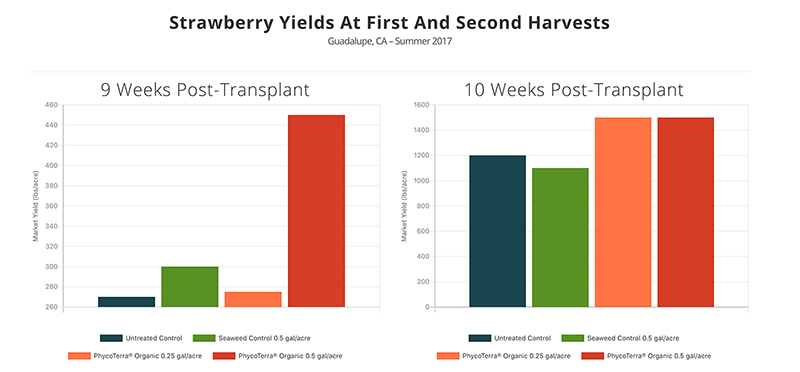It’s Time To Rethink Grade Standards For Produce
U.S. grade standards fulfill an important function in orderly trade of produce, providing a common language for evaluating produce quality and mediating trade disputes. Produce is sorted into groups by grade standard for packaging and marketing.
Grade standards specify the quality and condition of the produce items to be sold, such that the buyer understands what he or she is purchasing. If the items do not meet the specified standards, a third-party inspection can be requested.
The lack of grade standards in many developing economies around the world results in distrust among market actors and hampers robust growth of fruit and vegetable sectors.
Grade standards generally address the appearance of the produce item, including presence of defects (damage, insects, disease), shape, and color. Some defects affect the shelf life and utility of produce, including decay and breaks in the skin, while other defects are mainly cosmetic.
Tolerances are included to allow for variances incident to proper grading and handling. While flavor quality is rarely the focus, some standards include minimum soluble solids content or minimum ratio of soluble solids content to titratable acidity to assure minimum flavor quality.
Food Waste And Grade Standards
Recently, there has been considerable discussion about the amount of food loss and waste. To avoid wasting the water, energy, labor, and other precious resources required to produce fruits, we need to reduce the amount of loss and waste. Some have pointed to stringent grade standards as one factor contributing to waste of produce.
It is not uncommon for large amounts of produce to be left in the field or otherwise destroyed because there was no viable market. Many factors contribute to this situation, but the bottom line is the farmer or marketer has determined it is no longer economically viable to move forward with marketing the crop.
If the price to harvest, clean, pack, and transport the product is greater than the expected return based on expected grade and market prices, farmers have limited options but to destroy or dump the product.There are a growing number of gleaning programs that attempt to collect unmarketable produce, and some retail outlets have begun selling “ugly” or imperfect produce at a discounted price. These programs can be effective if the farmer is not economically disadvantaged by participating and when potential liability is addressed.
Educate Consumers And Buyers
But would changes in grade standards help to reduce produce loss and waste? Perhaps.
However, I believe we need a range of grade standards that include grades for products with great appearance as well as grades for product of good condition, but perhaps not as perfect in appearance. The buyer needs to know what they are purchasing to make informed decisions. Maybe change to: Buyers need to know what they are purchasing.
These different grades currently exist for many commodities, but some adjustment in the standards is needed to allow for more “ugly” produce to be marketed. In the end, it comes down to economics.
Buyers and consumers need to be educated about which produce defects affect food preparation time and sensory experience, and which do not. If consumers are willing to buy imperfect produce at a viable price, the market will grow.










